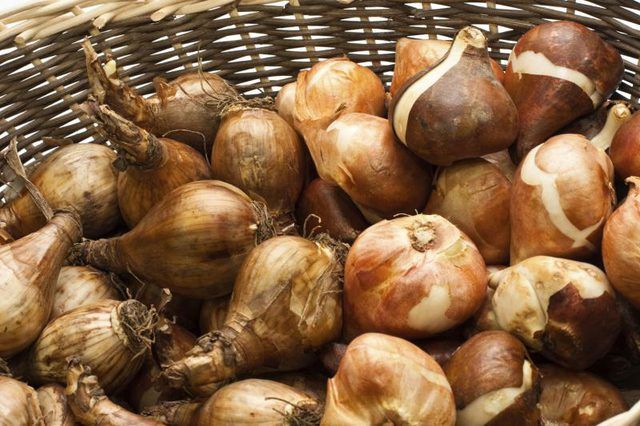Bulbs
Flower Basics
Flower Beds & Specialty Gardens
Flower Garden
Garden Furniture
Garden Gnomes
Garden Seeds
Garden Sheds
Garden Statues
Garden Tools & Supplies
Gardening Basics
Green & Organic
Groundcovers & Vines
Growing Annuals
Growing Basil
Growing Beans
Growing Berries
Growing Blueberries
Growing Cactus
Growing Corn
Growing Cotton
Growing Edibles
Growing Flowers
Growing Garlic
Growing Grapes
Growing Grass
Growing Herbs
Growing Jasmine
Growing Mint
Growing Mushrooms
Orchids
Growing Peanuts
Growing Perennials
Growing Plants
Growing Rosemary
Growing Roses
Growing Strawberries
Growing Sunflowers
Growing Thyme
Growing Tomatoes
Growing Tulips
Growing Vegetables
Herb Basics
Herb Garden
Indoor Growing
Landscaping Basics
Landscaping Patios
Landscaping Plants
Landscaping Shrubs
Landscaping Trees
Landscaping Walks & Pathways
Lawn Basics
Lawn Maintenance
Lawn Mowers
Lawn Ornaments
Lawn Planting
Lawn Tools
Outdoor Growing
Overall Landscape Planning
Pests, Weeds & Problems
Plant Basics
Rock Garden
Rose Garden
Shrubs
Soil
Specialty Gardens
Trees
Vegetable Garden
Yard Maintenance
How to Store Tulip Bulbs
How to Store Tulip Bulbs. Digging tulip (*Tulipa spp.*) bulbs up after the plants bloom and replanting them in the fall is not essential, but it can encourage repeat blooming and is the best way to move tulips to a new location. Tulips are hardy in U.S. Department of Agriculture plant hardiness zones 3 through 8, depending on the species, and bulbs...

Digging tulip (Tulipa spp.) bulbs up after the plants bloom and replanting them in the fall is not essential, but it can encourage repeat blooming and is the best way to move tulips to a new location. Tulips are hardy in U.S. Department of Agriculture plant hardiness zones 3 through 8, depending on the species, and bulbs may be lifted and stored in all these zones.
When to Dig
After the tulips are done blooming, remove the spent flower heads to keep the plants from putting energy into seed formation. Wait to dig tulip bulbs until after the plants have bloomed and the foliage is dead. If you dig before the foliage dies, the bulbs won't have time to store the nutrients they need to grow next year.
You can dig tulips every year, or only when they need to be divided or moved to a new location. This latter method works best for tulips described as "naturalizing" -- these are bred to spread and grow in the same location and only need to be dug up when they become crowded or you want to move the bulbs.
After Digging
Once you've dug up the tulips, brush or shake the dirt off the bulbs. Let the bulbs dry in a well-ventilated area for about a week before storing them. If there is dead foliage or roots clinging to the bulbs, trim it off with a clean knife or pruning shears. To avoid spreading disease, soak the cutting blades in a solution of 1 part bleach to 3 parts water, and then rinse with clean water before use.
How to Store
Store the dried bulbs in an unsealed paper bag or a nylon stocking. Use dried peat moss to keep the bulbs from touching each other. You can also dust the bulbs with a fungicide powder to prevent rot, though this is not usually necessary if the bulbs were dried and stored properly.
Keep the bulbs in a dark location away from sunlight. The idea temperature for storing spring bulbs like tulips is 60 to 65 degrees Fahrenheit. Don't store them in an area with temperatures lower than 50 degrees or higher than 70 degrees. Check the bulbs every few weeks to make sure none have started rotting. If you notice rot, remove and discard the affected bulbs and check that the temperature is not too high. Poor ventilation and moist locations can also cause rot.
Planting Instructions
Tulips must be chilled by cold weather to produce flowers in the spring. Make sure tulips receive enough chilling by moving them to the refrigerator four to six weeks before replanting them in the garden. Don't store tulips next to fruits, which produce ethylene gas that can prevent bulbs from blooming.
Replant the tulips in the fall, when the soil temperature at a depth of 6 to 8 inches stays below 60 degrees Fahrenheit. Plant the tulips 6 to 8 inches deep, and space bulbs 4 to 6 inches apart. The pointed nose of the bulb should be facing up, with the flat base resting on the soil.